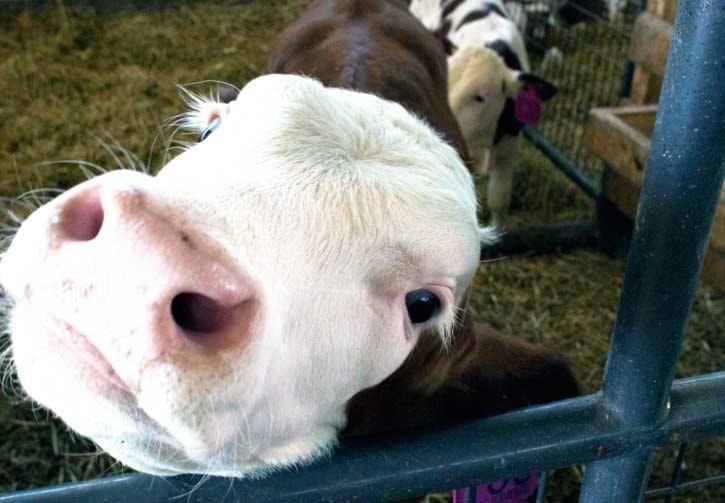If there's a blessing this agricultural season, it's that the grasshopper population has bucked its upward trend in numbers and has fallen this year.
Quinton Beaumont, director of agricultural services for the County of Stettler, said that the low numbers of grasshoppers found so far this year during pest testing were below what he expected.
"Grasshoppers usually follow their own cycle," he said. "That cycle has shown an upward trend in numbers."
That cycle should have continued this year, he noted, but seems to have not – a blessing for farmers who have already been hit by a dry spring and early summer.
During the drought of 2002, the grasshopper population reached its peak cycle, with drought-ravaged farmers having to deal with an infestation of crop-eating hopping insects. This year, farmers will be spared the influx of insects.
In fact, insect pests this year have been the least of the problems for the county, which in some areas has been ravaged by dry conditions.
A long and dry spring and early summer affected crop growers, who are seeing reduced and lower quality yields this season, though some crops, like peas, aren't faring as badly as they like the drier conditions.
While the dryness hasn't been universal across the county, areas in Byemoor and Endiang, Big Valley, and Donalda are suffering from "pockets of dryness."
The last time the county declared an agricultural disaster due to drought was in 2009, and before that in 2002. In 2002, the grasshopper population increase coincided with the drought to make things especially miserable.
According to Beaumont, the county receives on average 14 inches of moisture during the summer. And while the latter part of the season has had several rainfalls, including one on Sunday that saw some county residents measure more than two inches of rainfall, it's coming too late for a lot of the farmers, who are preparing to harvest their crops. The late season rains are good for next year, though, as it will put moisture in the soil for next year. It's also helping rejuvenate pastureland.
A lot of ranchers are feeling the pinch this year, for while farmers have crop insurance, there's no similar insurance for ranch animals like cattle, goats, or buffalo.
"Some people in the Botha area have already had to liquidate their herds," Beaumont said.
Ranchers in the past several years have had excellent ranching conditions, with good rainfall and green pastures all season long. This has made it easier for ranchers to increase their herds and keep them on pastures longer than they should, because the land could tolerate the larger and longer grazing.
This year, with the drier conditions, brought these ranchers up short, he said.
"I do think some people are grazing lands longer than they should," he admitted, noting that in some cases, the only other choice is to liquidate the herd.
A rancher should have a year to two year's feed in storage for the bad times, Beaumont said. And already some ranchers have plowed through their supply and are looking for feed or new pastures to graze.
The dry conditions in spring can help them there, if farmers' crop yields are of poor enough quality that they sell it as feed, Beaumont noted. Before that can happen, though, farmers need to reach a point where they're willing to sell for that price, and ranchers need to come to a point where they're willing to pay it.
And right now, most aren't there yet, he said.
